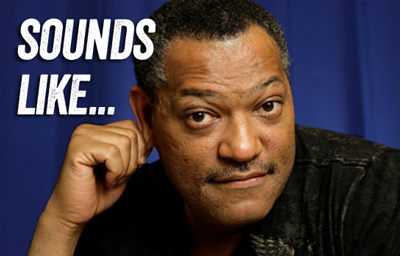
Feels like . . . . The game of neurological pain assessment
As a kid one of my favourite games was Charades. Is it a movie. . . Sounds like . . . .
Now as a physiotherapist, when doing an initial assessment I play a different kind of game with my patients – Feels like . . . . And I watch the movements of my patients as closely as I listen to the words.
Pain is a funny thing – everyone understands the concept but we all feel it a differently. As a physiotherapist my job is to understand your pain, find the cause and make it go away.
And just like Charades I have to watch for clues, for the things the pain feels like, for the different components that make up the pain and the sequence of events.
Movie, TV or Nerves?
One of the most important aspects of the Assessment Game is understanding whether the pain is from a muscle, a joint, an injury or the nerves. Pain can be completely real (and really painful!) without coming from the tissue / part of the body that “feels” pain.
So if you treat the area which is painful, without determining whether it really is muscle pain (or whether it is actually that muscle!) you won’t make progress, regardless of how great the treatment is.
Important clues
- History of accidents, injuries and operations – whether they are in the affected area or not. The body is connected – if one part doesn’t work properly somewhere else might be compensating.
- Pain that moves or jumps – if the pain switches sides and moves about then the cause isn’t where the pain is.
- Pins and needles / shooting pain / stabbing pain / loss of strength – particularly in the hands, feet and head, these are typical pain descriptions for nerve pain and key indicators that we need to look back along the path of the nerve for the source.
Getting it right
Taking the time at the assessment to get the true cause means treatment is quicker and more effective.

2 Comments